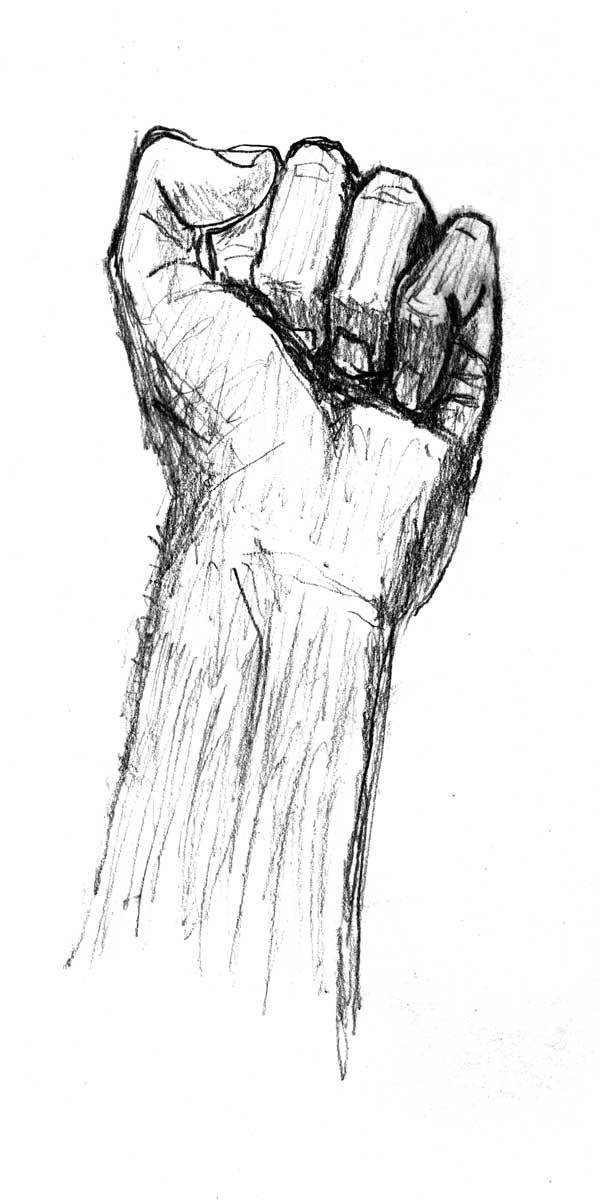Diagnostic Criteria: Positive and Negative Symptoms
The symptoms of schizophrenia are typically divided into two groups:
- Positive symptoms - these are symptoms that appear to reflect an excess/distortion of normal functions,
- Negative symptoms - these are symptoms that appear to reflect a loss/lack of normal functions, which often persist during periods of low/absent positive symptoms.
Under the DSM-IV-TR, the diagnosis of schizophrenia needs at least one-month duration of two or more positive symptoms. However, this does exclude positive symptoms brought upon known organic causes e.g. drugs or brain tumour.
Positive Symptoms
These include: Delusions, Hallucinations, Experiences of Control and Disordered Thinking
-Delusions These are bizarre beliefs that seem real to individual, but are not real. Sometimes these delusions can be paranoid (e.g. fear of persecution), involve inflated beliefs of the individuals power/importance (e.g. 'I am the King of Spain'), and can be delusions of reference (involving the belief that behaviour/comments of others e.g. radio/TV broadcasts are meant for them alone.)
 |
| An example of a delusion of reference |
-Hallucinations These are bizarre, unreal perceptions of the environment that generally auditory, but can be visual, olfactory or tactile.
 |
| Different types of hallucination, including: auditory, visual, olfactory and tactile |
-Experiences of Control This is where the individual may believe that they are under control of an alien force that has invaded their mind.
 |
| Experiences of Control |
-Disordered Thinking This is the feeling that thoughts have been withdrawn or inserted into the individuals mind. In some cases the individual may believe that their thoughts are being broadcast-ed so that others can hear them. Incoherent or loosely associated speech is used as an indicator of thought disorder (e.g. 'hench...bench...tench...that's a type of fish!')
 |
| Disordered Thinking |
I hope that you have found this useful. Part II of this blog will be coming soon, which will be on the negative symptoms of schizophrenia. Until then Merry Christmas, Feliz Navidad, Joyeux Noel, Gajan Kristnaskon, Nollaig Shona Dhuit.















